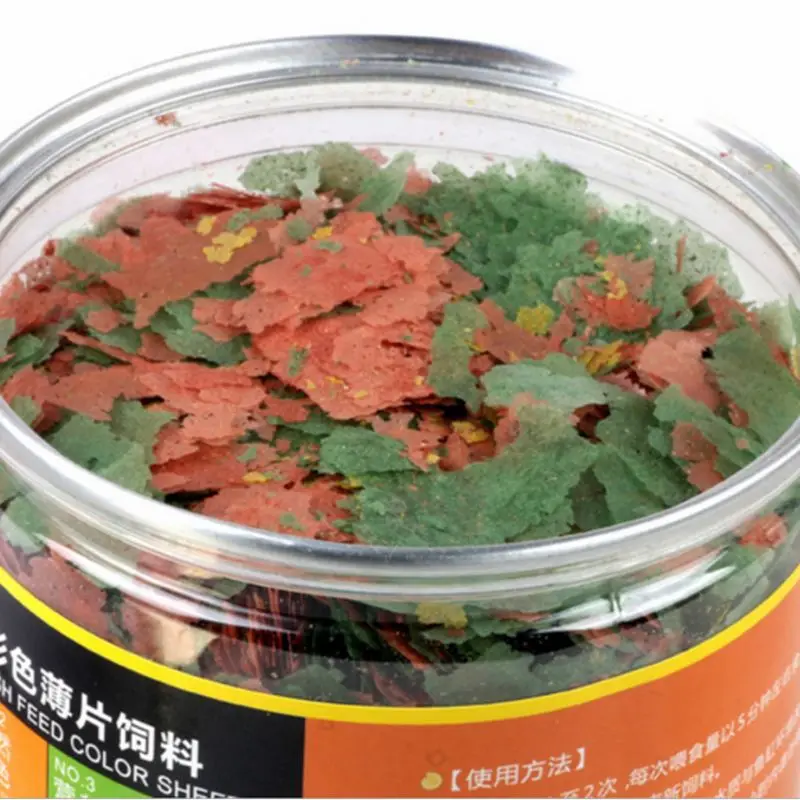Creating and Operating Your Own Backyard Ornamental Fish Farm.
Turning your backyard into a serene oasis filled with colorful and mesmerizing ornamental fish is a rewarding endeavor that allows you to combine your love for nature with a fulfilling hobby. Setting up and operating a backyard ornamental fish farm can be a gratifying experience, offering not only aesthetic pleasure but also a sense of accomplishment. In this comprehensive guide, we’ll walk you through the essential steps to establish and maintain your very own backyard fish farm.
Step 1: Planning and Research
Before you dive into the world of ornamental fish farming, it's crucial to do thorough research and careful planning. Start by identifying the types of ornamental fish you want to keep. Consider factors such as the size of your backyard, climate, and local regulations. Popular choices for ornamental fish include koi, goldfish, guppies, and angelfish, among others. Next, create a detailed plan that outlines the layout of your fish farm. Consider factors like pond size, water filtration systems, and the overall aesthetic of your backyard. Take inspiration from existing fish farms and aquariums to incorporate elements that align with your vision.
Step 2: Selecting the Right Pond
The heart of your ornamental fish farm is the pond. Choosing the right pond is critical for the well-being of your fish. You can opt for a pre-formed fiberglass or plastic pond or get creative and build a custom pond using liners. Ensure that the pond is large enough to accommodate the number and size of fish you plan to keep. Consider the depth of the pond as well. Different species of ornamental fish have varying depth preferences. Koi, for example, prefer deeper ponds, while goldfish can thrive in shallower waters.
Step 3: Water Filtration and Quality
Maintaining clean and high-quality water is essential for the health of your ornamental fish. Invest in a reliable water filtration system to remove debris, chemicals, and harmful bacteria. A combination of mechanical, biological, and chemical filtration will help maintain optimal water conditions. Regular water testing is crucial to monitor parameters such as pH, ammonia, nitrites, and nitrates. Aim for a pH level between 6.8 and 7.4 for most ornamental fish species. Performing partial water changes and adding dechlorinated water helps to maintain water quality.
Step 4: Choosing the Right Fish
Selecting the right mix of fish is a crucial aspect of creating a vibrant and harmonious fish farm. Research the compatibility of different species and avoid overcrowding. Consider factors such as size, temperament, and water temperature requirements. Koi and goldfish are popular choices for outdoor ponds due to their vibrant colors and adaptability. Guppies and angelfish, although they can also thrive in outdoor ponds, are well-suited for smaller, well-maintained aquariums.
Step 5: Feeding and Nutrition
Providing a balanced and nutritious diet is vital for the well-being and coloration of ornamental fish. Commercial fish food pellets are available for various species and provide essential nutrients. Supplement their diet with occasional treats such as freeze-dried or live foods like brine shrimp and daphnia. Avoid overfeeding, as excess food can lead to water quality issues. Develop a feeding schedule and monitor your fish's behavior to ensure they are healthy and active.
Step 6: Shelter and Decorations
Enhance the visual appeal of your backyard fish farm by adding shelters and decorations. Rocks, aquatic plants, and driftwood not only create a natural-looking habitat but also provide hiding spots for fish. Consider the aesthetics and functionality of these elements, ensuring they complement the overall design of your pond.
Step 7: Disease Prevention and Treatment
Maintaining a disease-free environment is crucial for the health of your ornamental fish. Quarantine new fish before introducing them to the main pond to prevent the spread of diseases. Regularly inspect your fish for signs of illness, such as changes in behavior, discoloration, or abnormal growths. Invest in a quality fish health kit that includes medications for common ailments. Promptly treat any signs of illness to prevent the spread of diseases and ensure the well-being of your fish population.
Step 8: Regular Maintenance
To keep your backyard fish farm thriving, establish a regular maintenance routine. This includes cleaning the pond, checking and replacing filters, and monitoring water parameters. Remove debris, dead leaves, and excess algae to maintain optimal water quality. Regularly trim and maintain aquatic plants to prevent them from taking over the pond. A well-maintained fish farm not only looks beautiful but also provides a healthier environment for your ornamental fish.
Step 9: Monitoring and Enjoying Your Fish Farm
Once your backyard ornamental fish farm is established and operational, take the time to enjoy the fruits of your labor. Spend peaceful moments observing the vibrant colors and graceful movements of your fish. Consider adding outdoor seating or a gazebo to create a tranquil space where you can relax and appreciate the beauty of your aquatic oasis.
Conclusion
Setting up and operating a backyard ornamental fish farm requires careful planning, dedication, and a love for aquatic life. By following these steps and staying committed to the well-being of your fish, you can create a harmonious and visually stunning environment in your own backyard. As your fish flourish and your pond becomes a focal point of beauty, you'll find that the rewards of maintaining a backyard fish farm extend far beyond the aesthetic appeal, providing a sense of connection with nature and a source of joy for years to come.
Recent Posts
-
Creating and Operating Your Own Backyard Ornamental Fish Farm.
Posted on 06 Jan 2024
This blog post is a cpmprehensive guide to setting up and operating an ornamental (pet) fish farm in your backyard. Enjoy!

